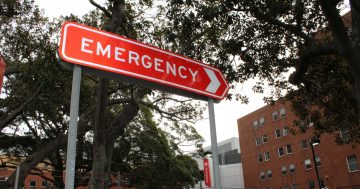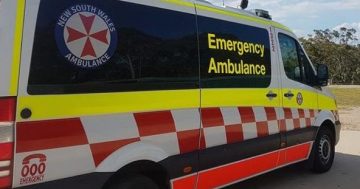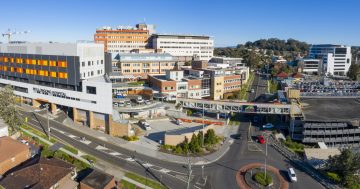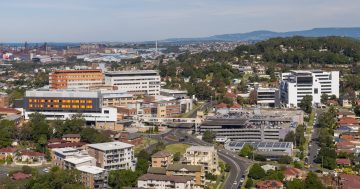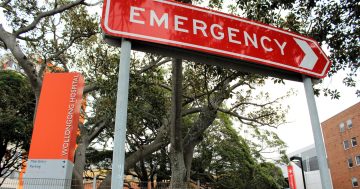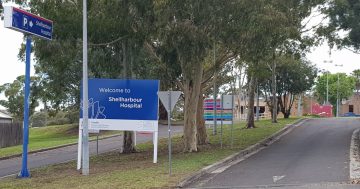
Elective surgery waitlists in the Illawarra are finally starting to ease. Photo: iStock/Motortion.
Elective surgery waitlists across the Illawarra and Shoalhaven are finally starting to ease with promising signs the backlogs could be cleared by the end of the year.
The latest figures from the Bureau of Health Information (BHI) show that between January and March this year there were almost 300 fewer people on the waitlist in the Illawarra Shoalhaven Local Health District (ISLHD) compared to the previous quarter, and 920 fewer than this time last year.
ISLHD Executive Director of Clinical Operations Margaret Martin is glad the figures are finally starting to reflect the district’s efforts.
“There’s been so much work put into it so to see us starting to deal with some of that backlog after three years of constant interruption has been really pleasing,” Ms Martin says.
The partnership with the private sector continues to be a vital part of managing demand.
“At the moment, across all the private hospitals, about 30 per cent of our elective surgery work is being contracted out,” Ms Martin says.
“And with some of the winter pressures as well, we’ll continue that process at least until the end of this calendar year.”
According to BHI figures, only 36.7 per cent of ear, nose and throat (ENT) procedures were performed on time, with only 48.6 per cent of orthopaedic surgeries hitting that benchmark.
But Ms Martin warns that these results may be misleading as clinicians work through backlogs and prioritise patients who are already overdue for treatment.
“If we look at their overdue numbers, between January and April, for those category ‘C’ patients [patients that are to be treated within a year] we’ve had 28 per cent decrease for orthopaedics and about a 39 per cent decrease in ENT,” she says.
“When we get back to lower numbers of overdue patients then our on-time performance will increase.”
She says it could still be months until the health district can make a substantial dent in the list, but patients receiving timely care continues to be a high priority.
“At the moment we measure it by the number of patients who are waiting outside their appropriate time frame for their category,” Ms Martin says.
“We are striving to get to pretty well no one waiting outside their appropriate clinical time frame by the end of the year.”
Health Minister and Keira MP Ryan Park says although there has been a small drop in the waiting list, he believes more can be done. The NSW Government has formed a Surgical Care Governance Taskforce to oversee the strategies to bring down the wait times.
“These include increasing the number of day surgeries, boosting virtual care and remote monitoring of patients and maximising the efficiency of operating theatres for planned surgery,” Mr Park told Region.
And while patients wait for their surgeries, the local health district is reminding them to monitor their own condition and make sure they contact their GP or specialist if it changes or worsens.
“They may then evaluate at that time that they need surgery more quickly,” Ms Martin says.
“We’ve had cases where we’ve brought people’s surgery forward because they’ve experienced an increase in symptoms.”
ISLHD’s emergency departments (EDs) also continue to be under pressure with record high demand and patients requiring complex treatment.
Of the 42,714 ED attendances in the last quarter there were 344 resuscitation presentations and 5420 emergency presentations – the highest numbers recorded in more than a decade.
The NSW Nurses and Midwives Association (NSWNMA) says the figures emphasise the need for better staff to patient ratios in emergency departments across the state.
The union says that safe staffing level implementation talks with the Government have commenced and that workers are keen to see their working conditions improve.
“Key to this will be introducing transparent and enforceable safe staffing ratios,” says NSWNMA Assistant General Secretary Michael Whaites.
But the union says that the workforce could continue to struggle without higher wages.
“We’re not convinced the Government’s 4 per cent pay offer plus super will be enough to attract and retain nurses and midwives in NSW,” Mr Whaites says.
“This BHI data shows their hard work and the difficult circumstances under which they do it, they deserve a pay rise that acknowledges this.”









